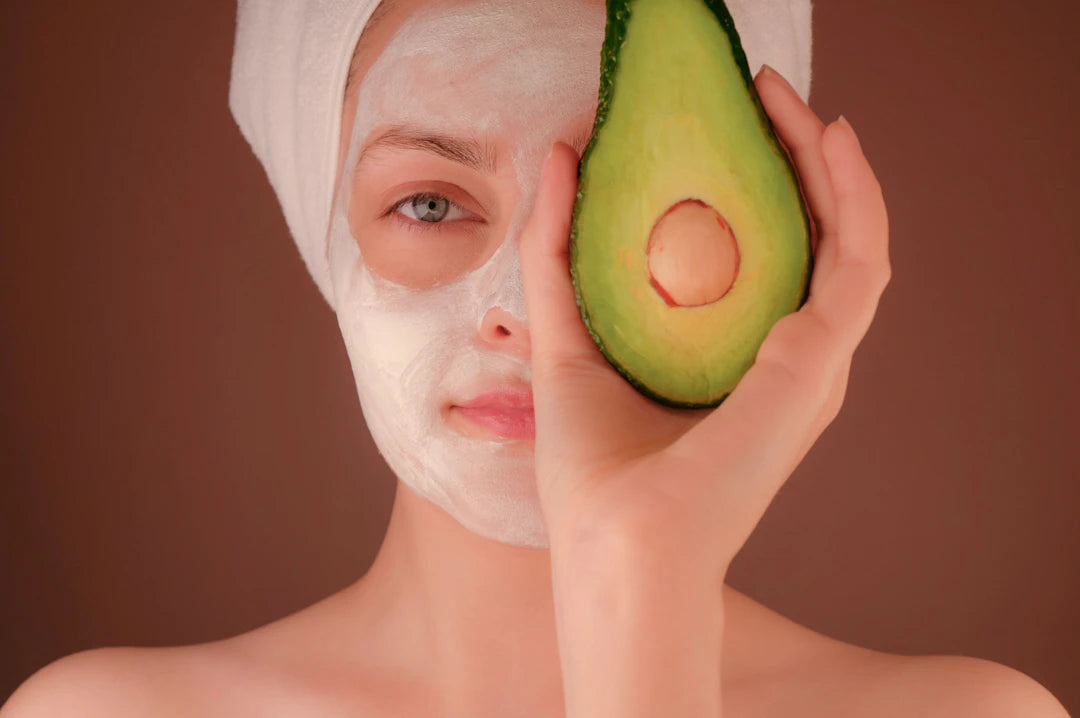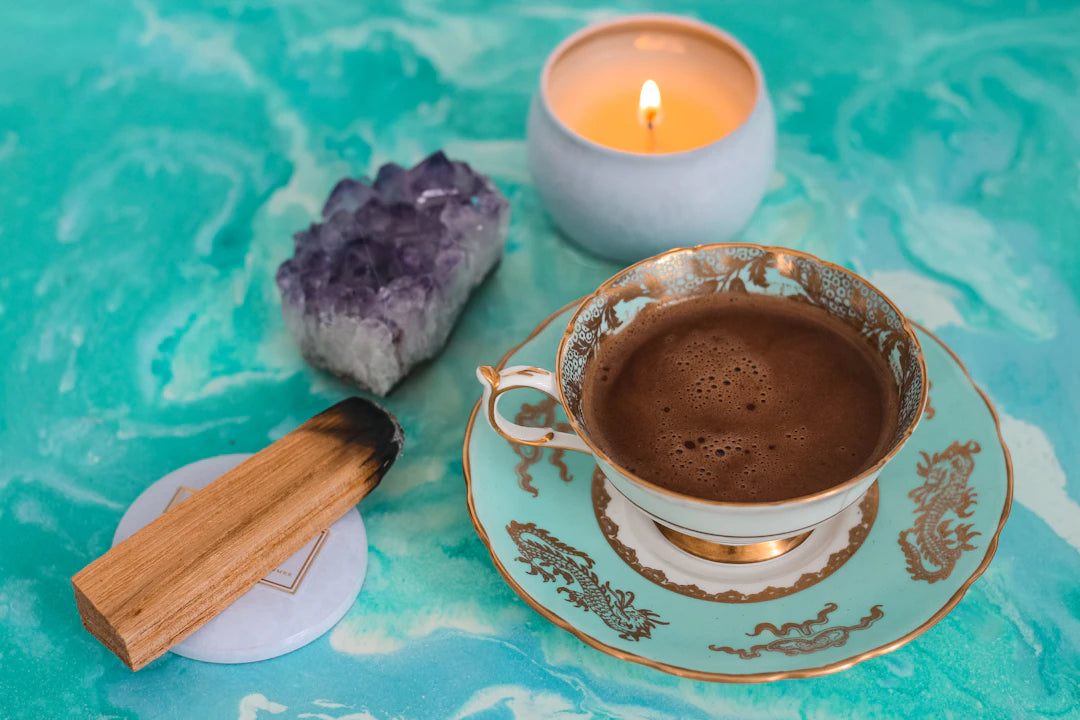Unlocking Radiance: Understanding Your Skin Type for Flawless Skin

In a world overflowing with skincare products and treatments, knowing your skin type is crucial for achieving that coveted glow. Understanding your unique skin characteristics will guide you in selecting the right products, including advanced treatments like photofacial treatment, and optimizing your skin care routine for effective results. Let’s dive deep into the various skin types to help you unleash your skin’s true potential.
Why Knowing Your Skin Type Matters
Your skin type affects how your skin reacts to different products and environmental factors. Pinpointing your skin type can help you choose suitable products and treatments, ensuring you’re not wasting time or money on ineffective solutions. Whether you’re seeking antiaging remedies or looking for options to promote skin tightening, knowing your skin type is critical.
Common Skin Types
Skin is typically classified into five main types: normal, oily, dry, combination, and sensitive. Let’s explore each type in detail, highlighting notable characteristics and recommended care.
Normal Skin
Normal skin is balanced, with a healthy mix of moisture and oil production. It’s characterized by:
- Minimal blemishes and visible pores
- Good elasticity
- A smooth texture without flaking or dryness.
For individuals with normal skin, using a generic skin care routine that includes hydration and protection against pollutants is usually effective. Regular photofacial treatments can also maintain that glow by rejuvenating the skin and improving texture.
Oily Skin
Oily skin results from the overproduction of sebum, leading to a shiny appearance. It often presents the following traits:
- Enlarged pores
- Frequent breakouts and blackheads
- A thick, greasy feel.
Individuals with oily skin should opt for oil-free and mattifying products. Incorporating gentle exfoliation is vital to prevent clogged pores. Regular photofacial treatments can also assist in minimizing excess oil and promoting clearer skin.
Dry Skin
Dry skin occurs when the skin lacks moisture, leading to a rough, often flaky texture. Key signs include:
- Tightness after cleansing
- Visible redness or irritation
- Premature fine lines and wrinkles.
For dry skin types, it’s crucial to focus on hydration. A rich moisturizer, along with nourishing oils, can help restore moisture and skin barrier function. Additionally, anti-aging products with hydrating ingredients can combat anti wrinkles concerns.
Combination Skin
Combination skin exhibits characteristics of both oily and dry skin. This type can be challenging to manage, often showing:
- Oily T-Zone (forehead, nose, chin)
- Dry patches on cheeks and other areas
- Visible pores in key areas.
Those with combination skin should look for products that balance moisture and oil levels. Using lighter lotions on oily zones and richer creams on dry patches works best. Regular skin care routines tailored to different zones can maintain balance and prevent issues.
Sensitive Skin
Sensitive skin is easily irritated and tends to react negatively to various products. It often showcases:
- Redness and inflammation
- Stinging sensations or itchiness
- Breakouts or dry patches following product application.
If you have sensitive skin, it’s vital to avoid harsh ingredients. Opt for gentler formulations that focus on soothing and repairing the skin barrier. Including nourishing treatments like gentle photofacial treatment options can significantly enhance your skin's resilience.
How to Determine Your Skin Type
Determining your skin type isn't a mystery. Here’s a simple guide to help you assess your skin:
- Cleanse Your Face: Begin with a gentle cleanser, washing your face to remove makeup and impurities. Pat dry.
- Wait for an Hour: Allow your skin to return to its natural state without applying any products.
- Observe Your Skin: Check for signs of oiliness or dryness.
Note how your skin feels throughout the day. Does it shine after a few hours (likely oily)? Is it tight or flaky, especially after cleansing (likely dry)?
Adapting Your Skin Care Routine
Once you’ve identified your skin type, it’s time to curate a tailored skin care routine. Here are some essential tips:
Step-by-Step Skin Care Routine
- Cleansing: Choose a cleanser based on your skin type. Gentle, hydrating cleansers work wonders on dry skin, while foaming gels suit oily skin.
- Toning: Use a toner that balances your skin’s pH and addresses specific concerns like large pores or dryness.
- Serums: Incorporate serums loaded with beneficial ingredients. Look for hyaluronic acid for hydration or retinol for anti-aging benefits.
- Moisturizing: No matter your skin type, moisturizing is essential. Choose accordingly — gels for oily skin or rich creams for dry skin.
- Sun Protection: Daily broad-spectrum SPF is crucial for all skin types, protecting against sun damage and premature aging.
The Role of Treatments in Skincare
In addition to your daily routine, considering professional treatments can enhance your results. Treatments like photofacial treatments offer significant benefits, such as:
- Improving skin tone and texture
- Reducing the appearance of fine lines and wrinkles
- Stimulating collagen production for younger-looking skin.
Integrating treatments into your regimen can lead to a more effective overall strategy, especially if you’re searching for antiaging solutions or ways to promote skin tightening.
Nurturing Your Skin: A Lifestyle Approach
Your lifestyle choices significantly impact your skin’s health. Here are several tips to nourish your skin from the inside out:
- Stay Hydrated: Adequate water intake keeps your skin hydrated and flushes out toxins.
- Eat a Balanced Diet: Incorporate fruits, vegetables, lean proteins, and healthy fats for optimal skin health.
- Get Enough Sleep: Quality sleep is crucial for skin repair and rejuvenation.
- Manage Stress: High-stress levels can trigger skin issues, making stress management techniques valuable.
Keep Exploring: Fine-Tuning Your Approach
If you are committed to achieving healthy, radiant skin, understanding your skin type is just the beginning. Embrace the journey of skincare and explore the diverse products and treatments that can enhance your routine. Remember that the world of skincare is not one-size-fits-all—what works wonders for someone else may not suit your skin. Stay attuned to your skin’s evolving needs, and don’t hesitate to adjust your routine as necessary. By partnering your knowledge with the right skin care routine and potentially incorporating specialized treatments like photofacial treatments, you’ll be well on your way to unlocking your skin's true radiance.


